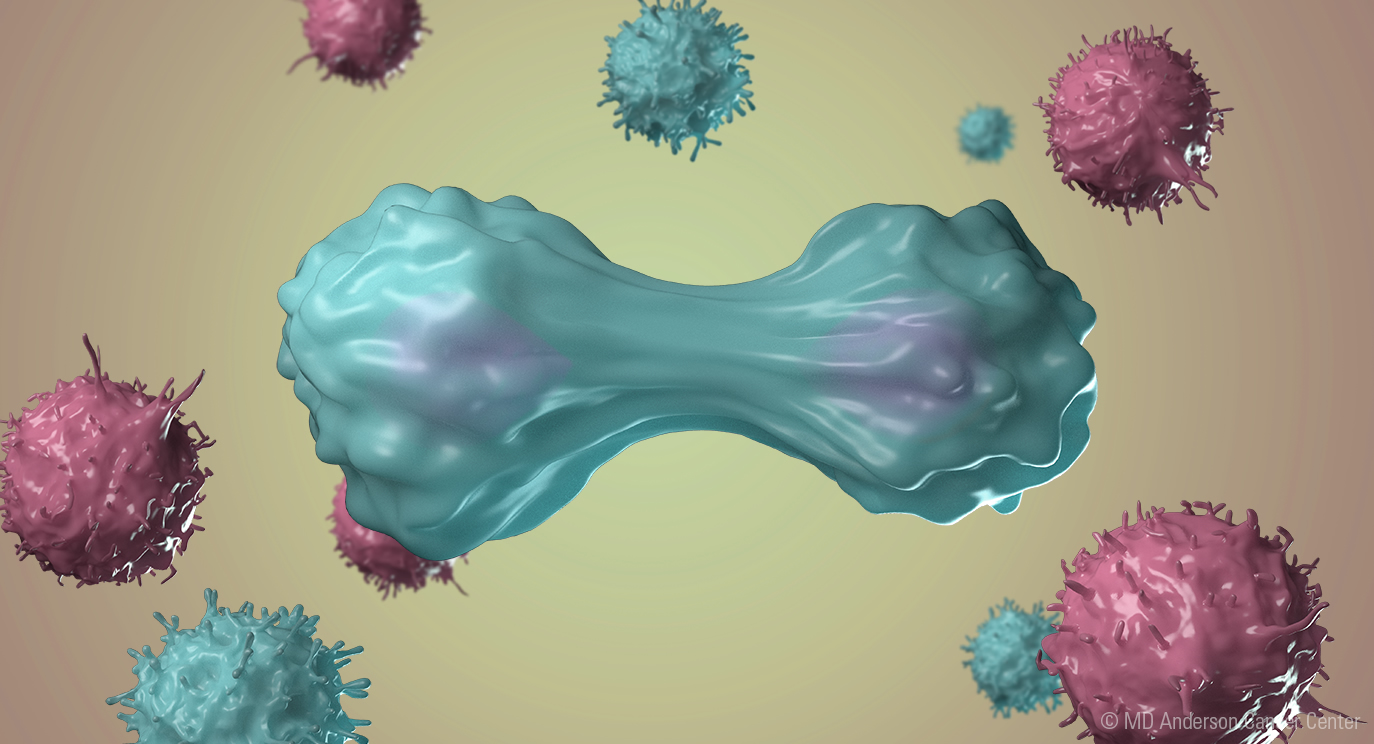
T cells and B cells operate in a biological ballet, each step precise yet adaptable. A newborn’s first encounter with a virus sparks thymic education—T cells learning self from non-self. Failures here seed autoimmune chaos, while success primes lifelong surveillance.
A Newborn’s First Encounter with a Virus Sparks Thymic Education
T cell receptors (TCRs) scan protein fragments presented by MHC molecules. CD4+ T cells demand MHC class II, often from dendritic cells. CD8+ T cells seek MHC class I, flagging infected or cancerous cells. This duality splits labor: orchestrators versus executioners.
CD8+ T Cells Seek MHC Class I, Flagging Infected or Cancerous Cells
B cells rely on brute-force diversity. Each starts with a unique B cell receptor (BCR), generated via V(D)J recombination. Encountering an antigen that fits triggers clonal expansion—some become plasma cells, others memory cells. Speed sacrifices precision early.
V(D)J Recombination Generates Unique B Cell Receptors
T cell activation demands co-stimulation. A TCR binding antigen without CD28 signals leads to anergy—a paralyzed state. Dendritic cells provide both signals in lymph nodes, ensuring only relevant T cells mobilize.
A TCR Binding Antigen Without CD28 Signals Leads to Anergy
B cells refine antibodies through somatic hypermutation. Germinal centers in lymph nodes host Darwinian competition—BCRs with better antigen affinity survive. Help from T follicular helper (Tfh) cells is non-negotiable; no T cells, no maturation.
Germinal Centers Host Darwinian Competition for BCR Affinity
Regulatory T cells (Tregs) enforce tolerance. FOXP3 gene mutations cause IPEX syndrome—a storm of autoimmunity. Tregs secrete IL-10 and TGF-β, calming overzealous effectors. Their absence turns harmless pollen into asthma’s trigger.
FOXP3 Gene Mutations Cause IPEX Syndrome—A Storm of Autoimmunity
Memory B cells archive past invasions. Decades after measles, they linger, ready to plasmablast upon re-exposure. Unlike naive B cells, they skip affinity maturation—a trade-off for speed during reinfection.
Memory B Cells Skip Affinity Maturation for Speed During Reinfection
Cytotoxic T cells deploy granzymes and perforin. Perforin punches holes in target cell membranes; granzymes slip in, activating caspases. Apoptosis follows, minimizing collateral damage—unlike neutrophils’ explosive NETs.
Perforin Punches Holes in Target Cell Membranes; Granzymes Slip In
B cell cancers exploit receptor editing failures. Chronic lymphocytic leukemia (CLL) cells often bear autoreactive BCRs—escaped censure during bone marrow development. Early checkpoints failed to weed out these dangerous clones.
Chronic Lymphocytic Leukemia Cells Bear Autoreactive BCRs
T cell exhaustion plagues chronic infections. Persistent antigen exposure, like in HIV, upregulates PD-1. Checkpoint inhibitors can revive these “tired” cells, but overuse risks autoimmune collateral.
Persistent Antigen Exposure in HIV Upregulates PD-1
Antibody class switching hinges on cytokines. IL-4 from T cells shifts B cells to IgE—useful for parasites, disastrous in allergies. TGF-β nudges toward IgA, mucosal sentinels.
IL-4 from T Cells Shifts B Cells to IgE—Disastrous in Allergies
Lymphocyte trafficking relies on chemokines. Naive T cells patrol lymph nodes via CCR7; effector T cells target inflamed tissues using CXCR3. Blocking these pathways treats autoimmune diseases but risks immunosuppression.
Effector T Cells Target Inflamed Tissues Using CXCR3
B cell deficiencies unravel humoral immunity. X-linked agammaglobulinemia leaves boys vulnerable to pyogenic bacteria—otitis media, pneumonia. IVIG replaces missing antibodies, a lifelong lifeline.
X-Linked Agammaglobulinemia Leaves Boys Vulnerable to Pyogenic Bacteria
T cells shape organ transplant fates. HLA mismatches trigger alloreactive T cells, attacking the graft. Immunosuppressants like tacrolimus inhibit calcineurin, blocking IL-2 production—a precarious balance.
HLA Mismatches Trigger Alloreactive T Cells, Attacking Transplants
Autoantibodies arise from B cell dysregulation. In lupus, loss of tolerance to nuclear antigens spawns anti-dsDNA antibodies. These immune complexes lodge in kidneys, igniting inflammation.
In Lupus, Anti-dsDNA Antibodies Lodge in Kidneys, Igniting Inflammation
Spot sentence: T cells and B cells script immunity’s story—a dance of precision and adaptation where missteps birth disease, and mastery weaves invisible armor.
